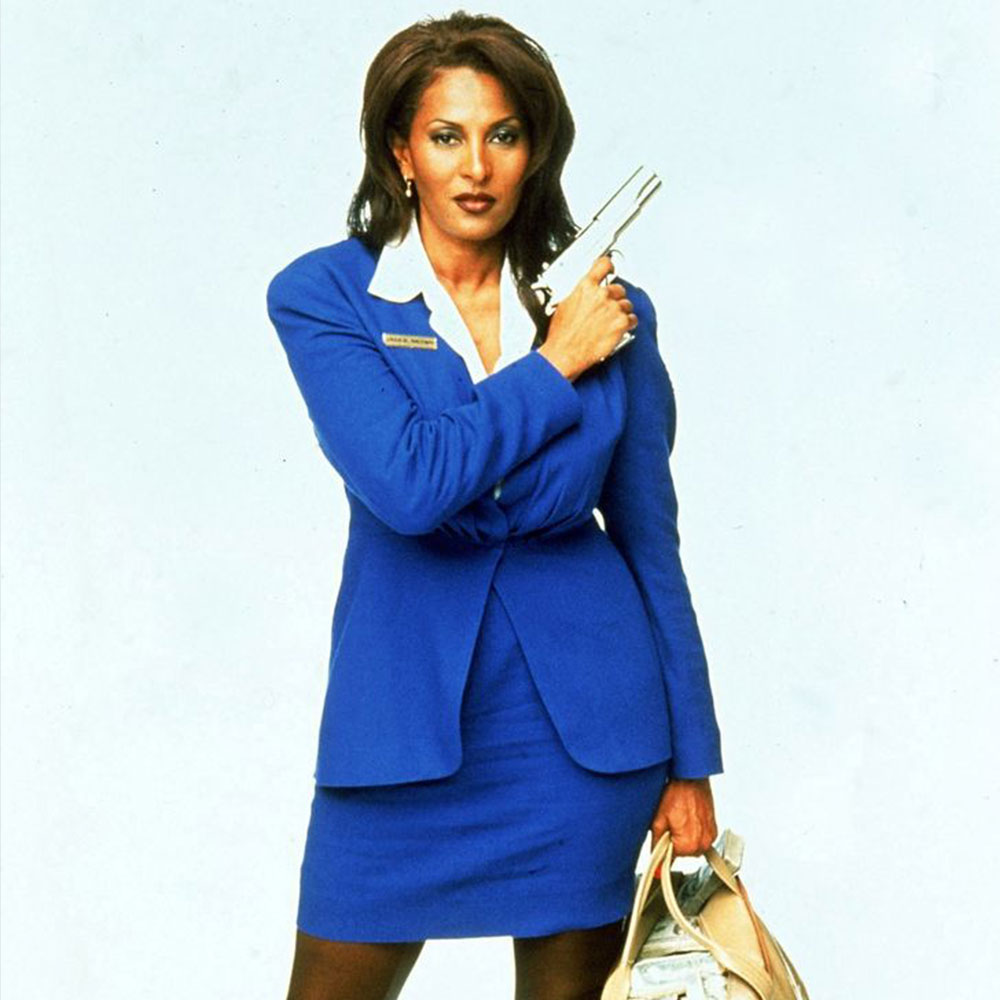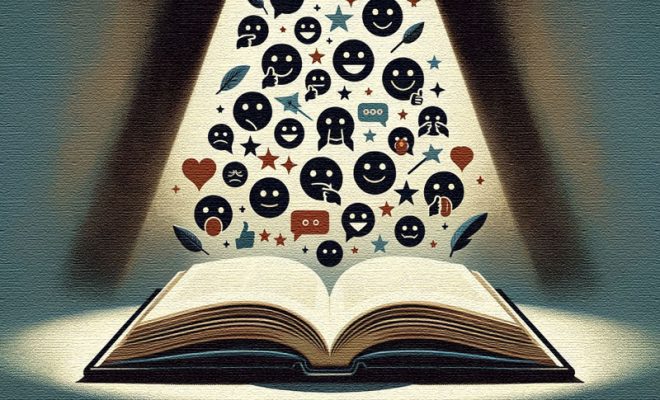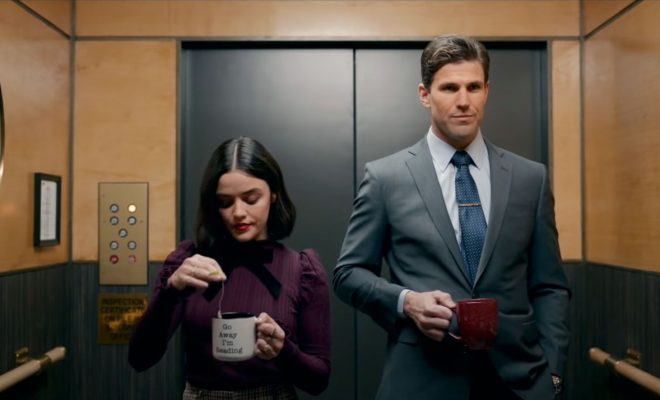In the fast-paced, trope-driven world of romance writing, the line between inspiration and imitation can sometimes blur. The genre thrives on certain familiar patterns that readers love, yet the challenge for authors lies in making these tropes feel fresh and new. Quentin Tarantino, known for his ability to take existing cinematic elements and twist them into something unmistakably his own, offers a blueprint for romance writers aiming to balance the familiar with the novel.
Let’s take a quick look at some of the instances he drew inspiration:
Reservoir Dogs (1992)
Crime Genre Tropes: Draws heavily on classic heist and crime films, particularly the structure and style of Stanley Kubrick’s “The Killing” (1956) and Ringo Lam’s “City on Fire” (1987).
Stylised Dialogue: Influenced by the hard-boiled crime novels of authors like Dashiell Hammett.
Pulp Fiction (1994)
Pulp Magazines and Crime Novels: The film’s structure and content pay homage to pulp fiction magazines and hard-boiled crime novels of the mid-20th century.
Blaxploitation: The character of Jules Winnfield (Samuel L. Jackson) has parallels to blaxploitation heroes, notably in his mannerisms and dialogue.
French New Wave: Non-linear storytelling and use of pastiche recall the works of French New Wave directors like Jean-Luc Godard.
Jackie Brown (1997)
Blaxploitation Films: Direct homage to the blaxploitation genre, particularly films starring Pam Grier (who also plays the title role), such as “Foxy Brown” (1974) and “Coffy” (1973).
Elmore Leonard’s Novels: Adapted from Leonard’s novel “Rum Punch,” retaining much of the original dialogue and narrative style.
Kill Bill: Vol. 1 (2003) & Vol. 2 (2004)
Martial Arts Cinema: Incorporates elements from both American and Asian martial arts films, notably the “Lady Snowblood” series and the works of Bruce Lee.
Spaghetti Westerns: The films’ narratives and aesthetics are infused with elements from spaghetti westerns, including music and thematic parallels to Sergio Leone’s work.
Japanese Anime: Uses anime sequences to explore the backstory of O-Ren Ishii, reminiscent of violent and stylised anime of the 1980s and 1990s.
Death Proof (2007)
Grindhouse Cinema: A tribute to the grindhouse double features of the 1970s, complete with intentional film wear and missing reels to replicate the experience.
Car Chase Films: Draws inspiration from 1970s car chase films like “Vanishing Point” (1971) and “Dirty Mary Crazy Larry” (1974).
Inglourious Basterds (2009)
World War II Exploitation Films: The film plays with historical revisionism in a way that’s reminiscent of 1970s WWII exploitation films.
Spaghetti Westerns and Giallo: Features music and stylistic elements from these Italian genres, including the use of Ennio Morricone’s compositions.
Django Unchained (2012)
Spaghetti Westerns: Heavily influenced by the spaghetti western genre, particularly Sergio Corbucci’s “Django” (1966).
Blaxploitation: Contains references to blaxploitation films, merging the genre with western elements to create a unique narrative.
The Hateful Eight (2015)
Mystery and Thriller Genres: Draws from Agatha Christie-style closed-room mysteries, combined with the bleak, snowbound setting reminiscent of westerns and horror films.
Classic Film Scores: The score by Ennio Morricone harks back to the composer’s earlier work in spaghetti westerns and 1970s thrillers.
Once Upon a Time in Hollywood (2019)
1960s Hollywood: Reflects and reveres the films, television shows, and cultural atmosphere of late 1960s Hollywood.
Spaghetti Westerns: Rick Dalton’s (Leonardo DiCaprio) career trajectory into Italian cinema is a nod to the real-life paths of actors like Clint Eastwood.
Manson Family Murders: While not a direct borrowing, the film incorporates this real-life event, blending historical facts with fictional elements.
Tarantino’s films are a celebration of cinematic history with countless references and homages to craft something uniquely his own. Each of his works functions as a love letter to the genres and themes that have shaped his vision as a filmmaker, demonstrating his deep knowledge and appreciation of cinema.
Understand the Framework:
Tarantino’s approach begins with a deep understanding of the genres and tropes he loves, there is an obvious connection to paying homage so that things are familiar to the die-hard fans, much as romance writers immerse themselves in the conventions and structures of a each genre. But recognising the framework of popular tropes, whether it’s enemies-to-lovers, second chances, or forbidden romance is different to copying it outright and becoming another one to pile onto the mush of what has been done before. The foundations should serve as a springboard to exploring new ways to make them your own.
Reskin with Originality:
Tarantino’s mastery lies not merely in borrowing but in an artful transformation. He adeptly seizes the bare bones of a genre or trope and cloaks it in an entirely new guise. In the realm of romance, this involves elevating the familiar scaffolding of a trope with layers and offshoots that are yours. In an era where the incoming flood of AI accentuates the importance of individuality, your unique voice becomes your signature, ensuring that no one could seamlessly transplant a page from your narrative without noticing a distinct shift in its essence. This is especially crucial in a landscape where many modern romance novels feel interchangeable, particularly in their portrayal of intimate scenes.
Use Psychology to make borrowed ideas feel fresh:
In a romance genre crowded with repeated themes, leveraging psychology offers a route to originality. As AI’s role in plot generation grows, the true essence of impactful storytelling—rooted in human emotion, complexity, and psychological depth—becomes crucial for standing out. Psychology is a gold mine for authors aiming to refresh clichéd tropes and engage readers seeking depth and authenticity.
By delving into the emotional and psychological undercurrents of tropes, authors reveal their untapped potential. For example, transforming the “enemies to lovers” trope involves examining the psychology of rivalry and fear of intimacy. This approach leads to a nuanced exploration of character dynamics and emotional growth, providing unique angles to familiar narratives.
Incorporating psychological insights into character and plot development allows for stories that resonate deeply with readers, fostering originality and depth. As AI influences storytelling, integrating psychology becomes essential, guiding authors to craft captivating narratives that explore the complexities of love and human connection.
Subvert Expectations:
Tarantino is a master of the unexpected turn, the surprise that keeps viewers on the edge of their seats. Subvert readers’ expectations within the constraints of a trope by introducing twists that challenge conventional outcomes, thereby refreshing the trope itself. This could mean altering the dynamics of power in a relationship, flipping gender roles, or even challenging the trope’s traditional happy ending.
Cultivate Your Signature:
Just as Tarantino’s films bear his unmistakable stamp, your romance novels should reflect your unique voice and perspective. Borrowing creatively means infusing your stories with elements—be it a particular type of dialogue, setting, or theme—that are distinctly yours, setting your work apart in a crowded market.
In the vast, trope-led expanse of the romance genre, borrowing creatively offers a pathway to innovation and distinction. By understanding and deconstructing the frameworks of familiar tropes, diving into the psychologies that underpin them, and applying a Tarantino-like flair for reinvention, romance writers can craft stories that resonate with the familiarity of the genre while thrilling readers with their originality and depth.
Case study – “Pulp Fiction” – That Iconic Dance:
The famous dinner scene at Jack Rabbit Slim’s between Mia Wallace (Uma Thurman) and Vincent Vega (John Travolta) in “Pulp Fiction” is another moment where Tarantino borrows from classic Hollywood – the dance sequence evoking the musicals of the golden age, and the intimate diner setting calling back to countless romantic films. The conversation, flirtatious and laden with double entendres, walks the line between casual and intimate, creating a palpable tension. Here, Tarantino showcases his ability to draw from and reinterpret classic cinema elements to create a scene that’s charged with potential romance, yet remains ambiguous, reflecting the complexity of human connections. For romance writers, the scene emphasises the importance of dialogue and setting in developing romantic tension and deepening character relationships.
Application for Dark Romance Writers:
The dinner and dance scene in “Pulp Fiction” serves as a powerful example of how borrowed creativity, when skilfully integrated and reimagined, can enrich storytelling, making it resonate more deeply with audiences. For dark romance writers, leveraging similar techniques to borrow from a wide array of sources and recontextualise these elements within their narratives can lead to more engaging, original, and emotionally compelling stories. This approach not only pays homage to the influences but also allows writers to push the boundaries of the genre, crafting works that captivate and linger with readers.
Integrating Diverse Influences:
Just as Tarantino brings together diverse cultural references to enrich “Pulp Fiction,” dark romance writers can enhance their narratives by drawing from a broad range of influences. Incorporating elements from classic literature, mythology, or different genres can add depth and richness, offering readers a multifaceted experience that transcends conventional romance tropes.
Recontextualising Classic Tropes:
The dance scene between Mia and Vincent creatively recontextualises the classic trope of a dance contest, infusing it with tension, allure, and an undercurrent of danger. For dark romance, this illustrates how familiar scenarios or tropes can be reimagined to serve the story’s emotional and thematic needs, providing fresh takes on traditional romance elements.
Cultural and Historical References:
Tarantino’s use of a retro diner setting and references to pop culture icons not only grounds the scene in a specific aesthetic but also adds layers of meaning and nostalgia. Dark romance narratives can similarly employ cultural and historical references to evoke certain emotions or themes, enriching the story’s backdrop and character interactions.
Character Development Through Borrowed Elements:
The dance sequence emerges as a critical juncture in character development, offering a revealing glimpse into previously concealed facets of Mia and Vincent’s personalities. As they are metaphorically “thrown into the deep end,” Quentin Tarantino masterfully litters the scene with motifs of spectacle, exhibition, and performance. A notable example is the waitress embodying Marilyn Monroe, underscoring the theme of theatricality that culminates when Vincent astonishingly surpasses our expectations with his dance prowess. This act of creative borrowing in the realm of dark romance serves as a powerful tool for character exploration and evolution. By repurposing familiar or iconic scenes, settings, or relationships in innovative ways, it effectively illuminates characters’ attributes, ambitions, and dilemmas, enriching their narrative journey.
Enhancing Atmosphere and Setting:
The diner scene’s effectiveness is significantly bolstered by Tarantino’s strategic use of visually familiar elements, creating an immediate sense of recognition and comfort in the audience. This familiarity with the setting—the retro aesthetics, the neon lights, and the jukebox playing in the background—allows the dialogue and action to take center stage. By grounding the scene in a setting that feels known, the nuances of character interaction and the unfolding tension are given a sharper focus, making them the focal points of the narrative moment.
For dark romance writers, this illustrates the power of leveraging familiar settings to enhance storytelling when there is a lot of dialogue to get through. When the visual environment is recognisable, the audience’s attention is more readily drawn to the dialogue and action, the true stars of the scene. This method of borrowing and embedding well-known elements within the narrative serves a dual purpose: it not only enriches the atmospheric depth but also ensures that the intricacies of character dynamics and plot development shine brighter.
Incorporating such techniques, writers can craft scenes where the setting complements rather than competes for the reader’s attention.




